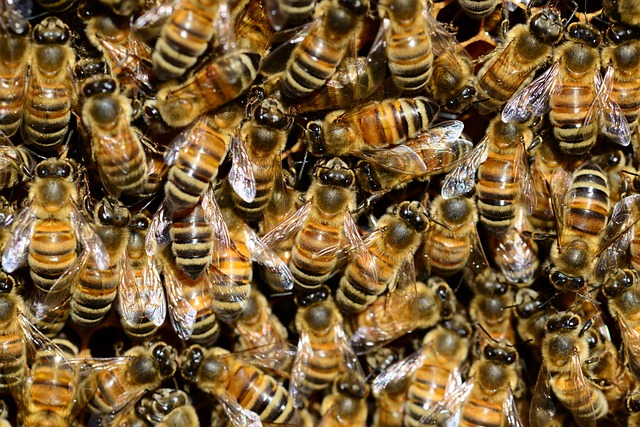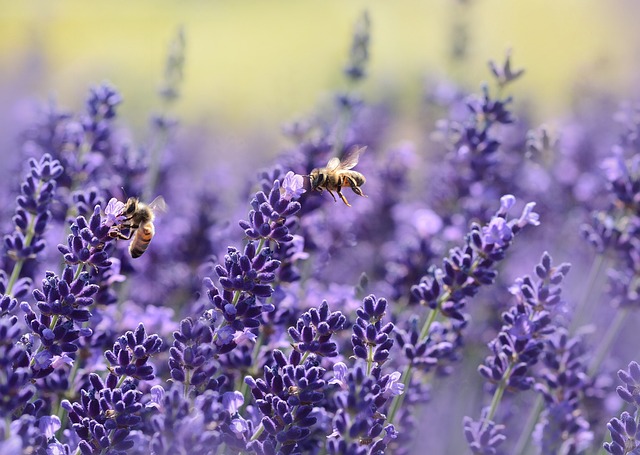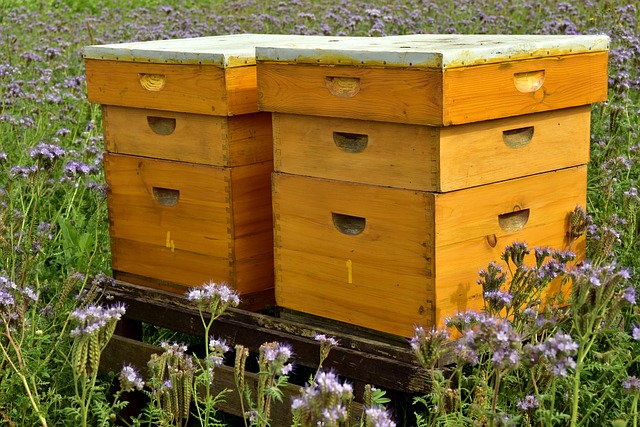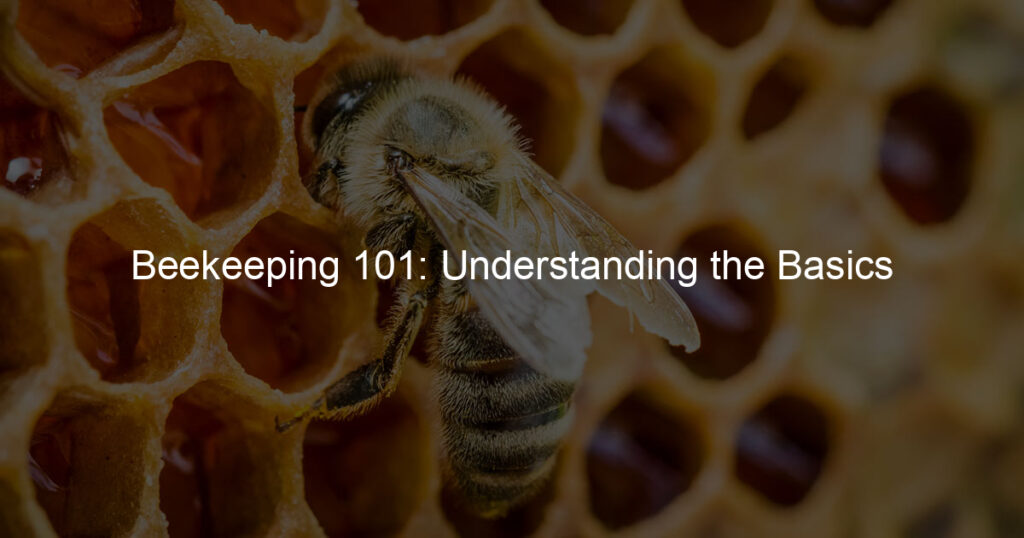Beekeeping is a fantastic venture, especially if you have a good yard to keep the bees. Ensure you get the right equipment and bees for successful keeping.
When considering beekeeping, you must abide by the state laws concerning the same, analyze the average cost, and compare it with your budget.
The right beehives will keep your bees safe, and choose the most suitable location. Let’s learn more about beekeeping.
Understanding Local Laws
In certain states, there might be limits on the number of hives a beekeeper is permitted to possess or a law prohibiting beekeeping altogether. Most states also require beekeepers to register their apiary sites and pay a modest yearly fee for the registration.
It’s important, thus, to be familiar with your county’s law regarding beekeeping before getting set. Besides the laws and regulations, It is essential to ensure that your neighbors are content with and not strongly against your keeping beehives in their locality.
Learning the Beekeeping Basics

Before introducing bees to the area of your choice, research the necessities they will need, including access to water, sun, and a sturdy hive.
Learn about which bee species performs best in your local climate. A wide variety of bees are available for keeping, each with its distinct characteristics.
Some are better honey producers, and some are more resistant to disease and parasites. Others are more proficient pollinators, while others are known for their docile nature.
Get the Best Flowers

After choosing a proper location for your hive, you need nectar and pollen supply for bees’ survival. Sometimes you may need to feed the bees, especially in winter or dry season.
Some of the best plants for nectar include maple trees and white clover citrus trees. With these in your yard, there will be heavy nectar flow even when there’s scarcity.
Ensure the flowers are free from pesticides and that the large area around you doesn’t use commercial pesticides, which are a major cause of bees’ death. If the worker bee consumes the pesticide-sprayed flowers, they will likely return them to the hive, killing the queen.
Beekeeping Kits
To successfully start beekeeping, you must have all the necessary kits and equipment for keeping your bees, from the best hive to clothing.
The three basic kits include:
Hive tool: It levers the loose boxes and frame, and you should have more than one for efficiency.
Smoker: It helps calm the bees when used in the right proportions, and one can serve several hives. A large smoker works for a bigger aviary; for cool white smoke, use dry pine needles or purchase smoker fuel.
Frame grips: The metal pincher devices remove the hive frames using one hand.
Hive Setup

It’s best to place the hive in an area protected from strong winds, such as against a fence or tree line.
The hive’s opening should face where the sun rises so they can start their day in the morning sunshine and then transition to shaded areas in the afternoon for a balanced temperature environment.
Different bee hive designs like Top bar, Langstroth, and Warre are available today. Go for the design that will work best for you, considering all the factors involved.
Assemble the hive to ensure all parts are secure and in working order. Ask for professional assistance if there are difficulties setting up the hive.
Buying and Moving Bees
One way to obtain a colony is by purchasing a nuclear colony from an apiary and transferring it into your hive.
The other alternative depends on luck; a swarm has to move onto your property or neighborhood.
Once you have your colony, you can put on your beekeeping suit and transfer the frames from the swarm’s original hive into your own.
You should check the queen to ensure that she is healthy and of the desired breed when obtaining your colony.
In this case, the bees will have already accepted the queen and begun to produce comb and honey, so you can start harvesting earlier than when you had purchased a nuclear colony.
Pests and Diseases
As beekeepers, it is essential to recognize and diagnose any diseases or parasites in the hive.
Due to the use of pesticides and other hazardous chemicals, the bee population is suffering, and colonies are decreasing rapidly.
Some common honeybee diseases are:
- Nosema
- Chalkbrood
- European Foulbrood
- American Foulbrood
Some of the common honeybee parasites are
- Tracheal Mites
- Varroa Mites
Bees also face predation from birds and ants, among other animals. Learning to tackle diseases and parasites helps protect the world’s bee population.
Wrap Up
Beekeeping becomes easy with all the requirements, from a safe habitat to the right equipment.
Ensure you get the best bee species that are disease resistant, not to mention that the flowers in your garden should provide a continuous supply of nectar. Additionally, you can join the beekeeping community to learn more.








